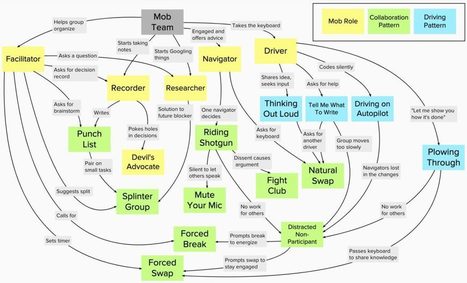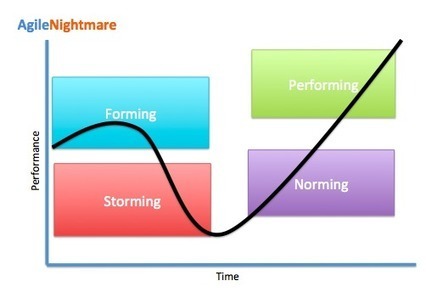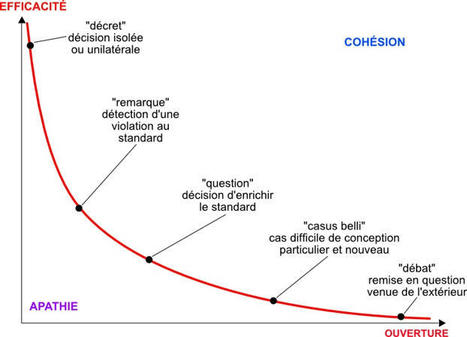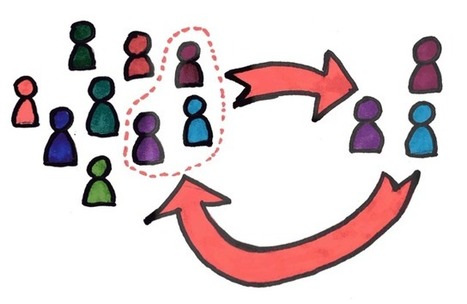Mob programming can support teams in changing old habits into new effective habits for creating products in an agile way. Collectively-developed habits are hard to forget when you have other people around. Mob programming forces individuals to put new habits into practice regularly, making them easier to adopt. Teams are intolerant of repetition, and are always looking for better ways of doing their work.
Chris Lucian, the director of software development at Hunter Industries, spoke about improving technical quality with mob programming and collective habits at Agile 2021.
Improvement in habits came naturally with mob programming, as Lucian explained:
While working with multiple people at the same computer at the same time, you have a sort of accountability group. Naturally, you start to eliminate bad habits and instill good ones simply because the feedback loop is constantly available.
Research and publish the best content.
Get Started for FREE
Sign up with Facebook Sign up with X
I don't have a Facebook or a X account
Already have an account: Login
For Product Owners/Product Managers and Scrum Teams: Growth Hacking, Devops, Agile, Lean for IT, Lean Startup, customer centric, software quality...
Curated by
Mickael Ruau
 Your new post is loading... Your new post is loading...
 Your new post is loading... Your new post is loading...
|
|


















